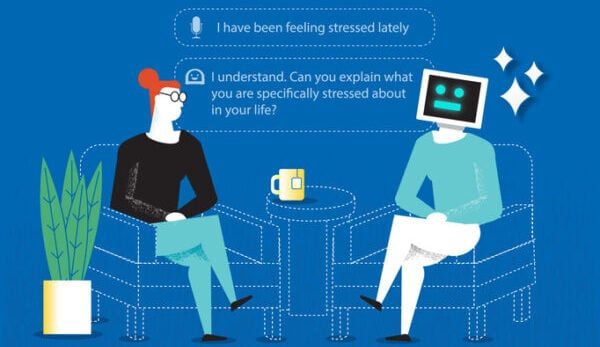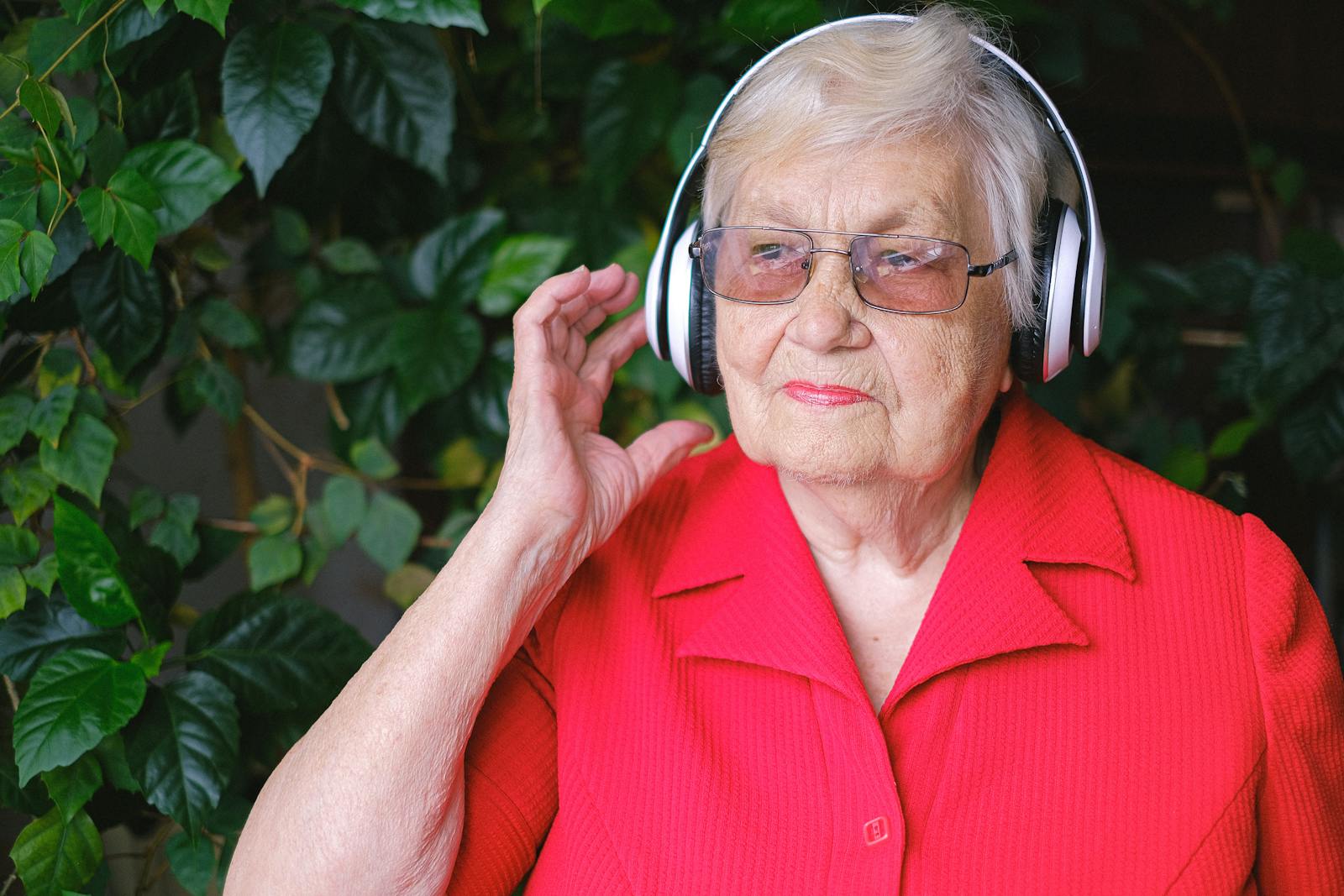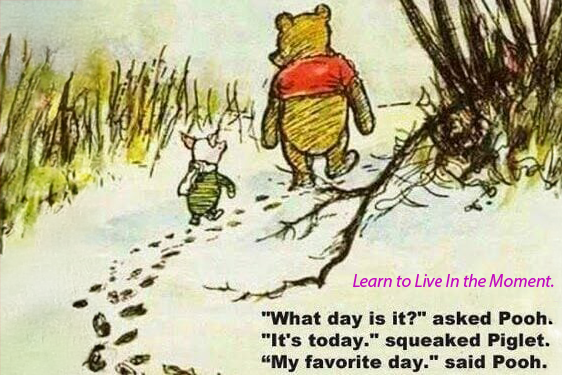Recently I came across a NY Times article about the Dutch concept of niksen, which literally means “purposefully doing nothing.” Then I found this article on Big Think on the same subject. As a long-time practitioner and teacher of Buddhism and Zen meditation, niksen piqued my interest, since “doing nothing” sounds, superficially at least, like meditation. When I was younger I lived and practiced for 12 years in a Zen monastery and then in a residential Buddhist retreat center, where I spent several hours every day sitting on a meditation cushion, literally “doing nothing,” so I suppose I am well-versed in doing nothing. That said, the Zen meditation I practiced, sitting on a cushion in a silent meditation hall, was an exercise in focused attention and concentration, so it was not exactly “doing nothing.” But it wasn’t surfing the web.
In the articles I read about niksen it didn’t have much of a spiritual or meditative emphasis; it was more like sitting on a park bench and watching the world go by (and not looking at your smartphone). The point was to ease stress and anxiety, set aside devices, IPads, and other addictive distractions, and instead develop more spontaneity and creativity, and in general improve your quality of life.
That’s fine. It doesn’t matter whether you call it spiritual practice or quality of life, it is something that, increasingly in our post-modern world, we are losing the ability to do. In pre-industrial times, people naturally “did nothing” all the time in their daily lives in the sense of walking out to where the cows grazed, watching a sunset, waiting for fish to bite, or sitting in lamplit semi-darkness watching the shadows on the wall in the hour before bed. In those days the concept of “entertainment” as we understand it didn’t yet exist. There was no radio or TV, no internet or email, no boom boxes or earbuds, no rock concerts in stadiums—all of the hyperstimulation that has come crashing into our lives like a tsunami. Unless you live totally off the grid or decide to take a hike in a wilderness area, you can’t avoid this. This is our life now, and it is hard to comprehend—unless you go to some remote tribal area of the Amazon jungle or rural Africa—how utterly different it is from the way human beings have always lived.
The New York Times article about niksen shows a photograph of someone leaning over a bridge railing watching a river stream by. I don’t know why the Dutch, in particular, created this niksen concept—although they are otherwise known as an industrious, busy society–but it’s admirable that they did. They seem to have learned to cultivate niksen before the advent of YouTube videos about stress reduction, influencers with their aromatherapy, meditation apps complete with timed bells, as well as endless well-meaning articles by psychology-oriented advice columnists helping us learn how to de-stress. There have been some efforts to teach tech-addicted teenagers how to turn off their phones for a day or week; some experts advise adults to delete Google from their smartphones, mindfulness gurus urge us to take a walk in nature, and so on. In a sense, all this well-meaning niksen-like instruction has become a kind of second-order distraction on its own, infotainment to cancel out all the other infotainment to which we have become so reliant and addicted.
In the United States, we need something like niksen because we have created a nightmare of intrusive stimuli, one which may be so invasive that it is negatively affecting children’s and teenagers’ neurological development. The metaverse and its virtual reality goggles are next; in fact, they are here: the latest VR goggles sell for over $2,000. Will there come a time when a new generation of adults emerge from childhood walking around all day with goggles on, who are neurologically, and even genetically, completely unable to give it up and tune out? We must not forget that VR headsets even more insidious products are created by companies whose overriding goal is to make a profit. To the extent all this stimulative activity is addictive, it is, in my view, not too far removed from the trade in addictive drugs—cocaine, heroin, morphine, and the like—which floods our streets while creating enormous profits for shadowy drug lords in other countries who cook this stuff up.
In that sense, niksen is detox, akin to drug or alcohol detox. It is good that we have the opportunity to do niksen, to detox, disconnect and unplug—a new twist on Dr. Timothy Leary’s LSD counterculture slogan, “Tune in, turn on, and drop out.” The real challenge, one that doesn’t get enough attention in my view, is to go beyond detox and work to create a sane and humane world where authentic human warmth and connection—the old-fashioned kind—returns to the center of our experience, and we don’t need all this stimulative static to compensate for the lack of it. We don’t really need any of this infotainment to be happy, we don’t even need niksen. What we really need, to paraphrase the immortal song, is love, sweet love, the kind of face-to-face community intimacy that has sustained us for a million years.
I don’t know how we get that back.
___
Watch this related video, “NIKSEN” HOW THE DUTCH PRACTICE THE ART OF DOING NOTHING | SLOW LIVING VLOG
***

Support The Good Men Project on Patreon to help us build a better, more inclusive world for all.
***
Photo by Christopher Jolly on Unsplash
The post Niksen: The Practice of Doing Nothing appeared first on The Good Men Project.
Original Article










